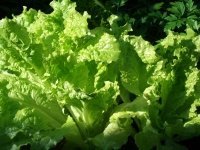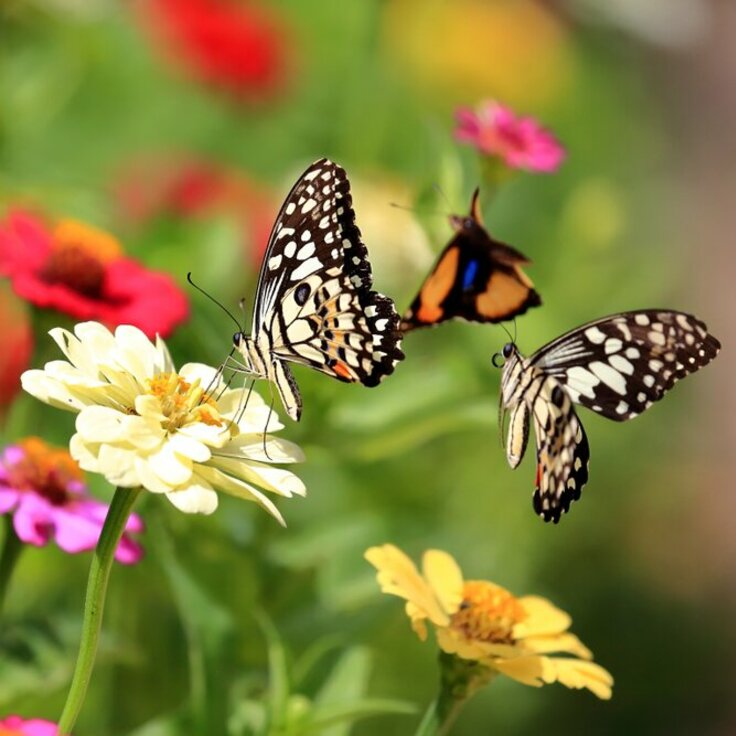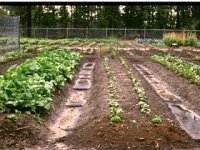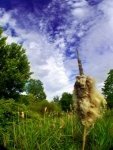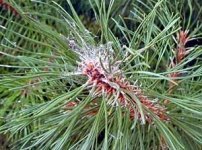Advantages and Disadvantages of Natural Grass for NFL Fields
The 2024 National Football League (NFL) season kicked off on September 5, and football fans across the United States and worldwide finally got to see their favorite teams in action again. The pitches were pristine, yet some of those surfaces were up for discussion about whether natural grass or artificial turf is best for an NFL pitch. What is the answer to that question? The answer is it depends.
NFL teams continually weigh the pros and cons of each surface before deciding which is best for their stadiums. All 32 teams you see on the best online betting sites for NFL games factor in player safety and performance, surface longevity, their local climate, and much more before opting for natural grass or a synthetic playing surface. This article will examine the advantages and disadvantages of using natural grass for NFL games.
Advantages of Natural Grass
Natural grass provides a softer and more forgiving playing surface than artificial turf, reducing the likelihood of injuries. The grass and soil give way slightly when players plant their feet, turn sharply, or fall, which absorbs some of the impact. Natural grass’ flexibility helps minimize ankle and knee joint strains while also leading to fewer contact injuries because it cushions a player’s fall.
Many players prefer the feel of natural grass and the predictability of such a surface. Thousands of players grew up playing on natural grass pitches, so it feels natural underfoot. They know precisely how the surface reacts in various weather conditions, from baking hot sunny days to blustery and rainy evenings. Additionally, natural grass reduces the risk of the dreaded “turf burn,” an abrasive skin injury common on artificial surfaces.
Natural grass pitches react more naturally to moisture and temperature changes, offering a consistent experience. Artificial turf surfaces can become overly hard or slippery under certain weather conditions, leading to unpredictability that is not ideal in a game demanding precision movements.
Lastly, natural grass pitches help create a nostalgic feel. Players and fans alike love seeing a well-manicured grass field because it evokes a sense of authenticity.
Disadvantages of Natural Grass
Using natural grass for an NFL field has several disadvantages. Maintenance of a natural grass pitch is a significant challenge. The very nature of NFL games, with dozens of burly men running, turning, falling, and digging their feet into the surface, causes havoc with the playing surface, especially during games played in inclement weather. Rain and snow can create mud, resulting in the pitches degrading rapidly. A poorly maintained playing surface is not aesthetically pleasing and can increase the risk of injury to players due to uneven footing.
Maintaining a lush, green playing field can be very challenging in regions that experience extreme weather conditions. Fields in high-rainfall areas can easily become waterlogged, while those in colder climates can freeze or become patchy. Both extreme weather systems force groundskeepers to work around the clock to keep the surface playable. In turn, this comes with a significant financial cost to the teams because those with artificial surfaces can essentially lay them and then forget about them.
The way that players’ studded cleats dig into natural grass can sometimes cause them injuries. Back in 2021, Kansas City Chiefs star quarterback Patrick Mahomes required surgery to fix an incident of “turf toe.” Mahomes’ foot got slightly stuck in a natural grass surface as he pushed off to sprint, and the ligament damage was so severe that he needed the help of a top surgeon. While these injuries are relatively rare, especially during the warmer, drier months, they do occur.
Artificial Turf is Far More Durable
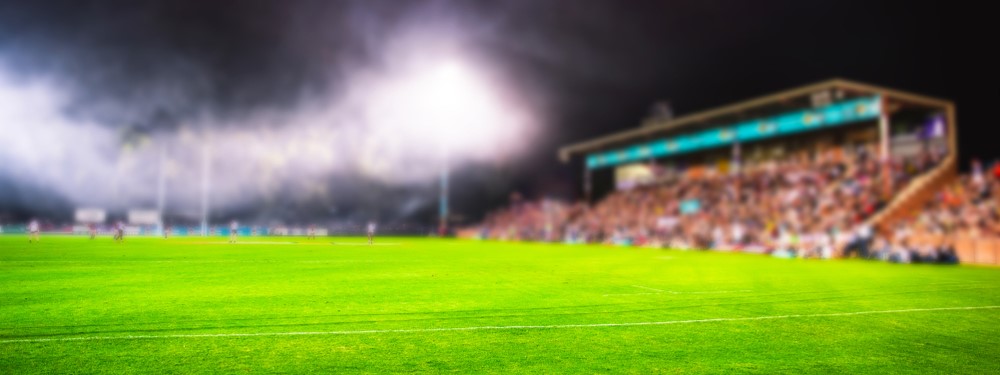
Durability is another downside to natural grass playing surfaces. Natural grass degrades faster than artificial turfs, which can withstand heavy use with little to no upkeep. Several NFL teams share their stadiums with other sports teams or host non-football events, such as concerts. These different activities can damage the grass and require expensive repairs.
The New York Giants and New York Jets share the MetLife Stadium, so they rely on synthetic turf for its renowned durability. The MetLife Stadium hosts twice as many NFL games as a typical stadium, concerts, and international soccer matches throughout the year. Natural grass would be unable to withstand the massive footfall these events create.
British soccer team Tottenham Hotspur opened its new stadium in April 2019. Tottenham has a deal to host several NFL matches over the next few years. Tottenham plays its soccer matches on natural grass and does not want the surface damaged by the more physical NFL games. With that in mind, the stadium’s architects created a retractable soccer pitch, revealing a synthetic turf field that can be used for NFL London games, concerts, and other events.
Player Concerns and Future Trends
Despite only 15 of the 30 NFL stadiums using natural grass in their stadiums, players continue voicing their concerns about being forced to play on artificial pitches. In 2020, the NFL Players Association (NFLPA) conducted a survey that produced some startling results. First, 91 percent of players stated artificial turf made them feel more fatigued or sore. Secondly, 93 percent of players questioned said they felt artificial surfaces impeded their careers.
The NFLPA continues pushing for more teams to transition to natural grass surfaces, pointing to studies seemingly showing natural grass is safer in the long run and reduces non-contact injuries. The NFLPA grew more vocal in September 2023 when veteran quarterback Aaron Rodgers ruptured his Achilles tendon only four plays into his New York Jets career, an injury experts claimed would not have happened on natural grass.
Technological advancements are helping to bridge the gap between natural and synthetic turfs, enabling the latter to mimic natural grass by feeling softer and more flexible while retaining durability.
The debate about NFL pitches continues raging on, refusing to go away. Where do you stand on the discussion? Should NFL pitches comprise natural grass, or should artificial turf become the new norm?

